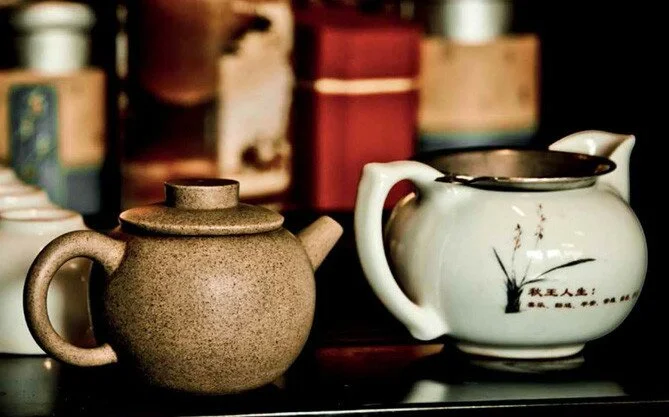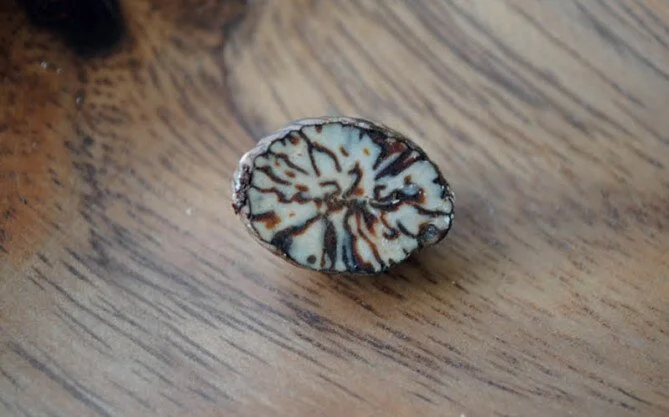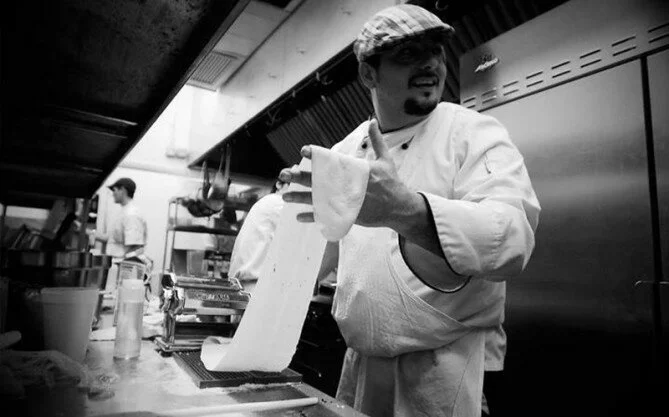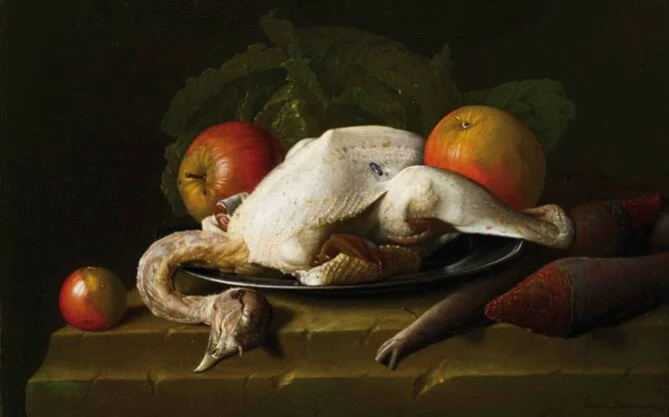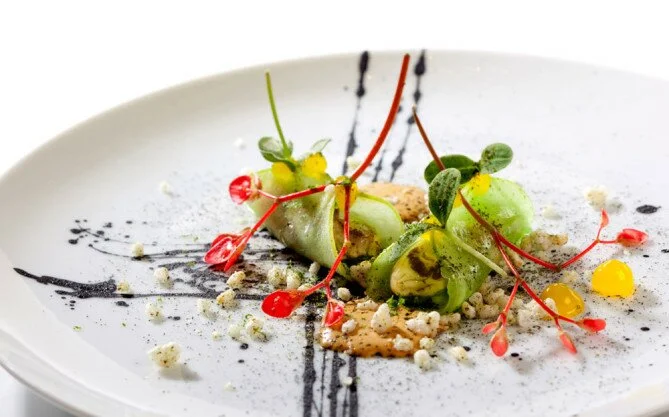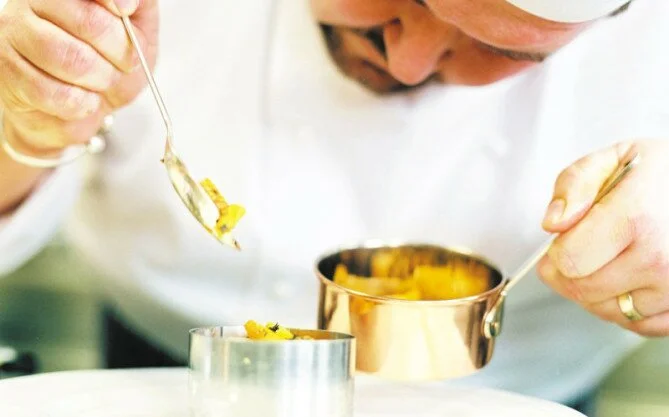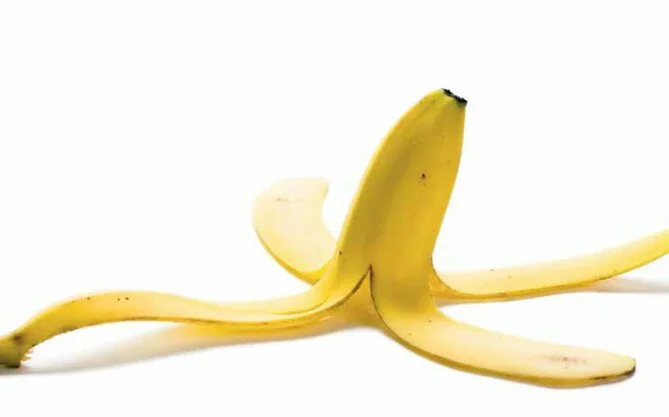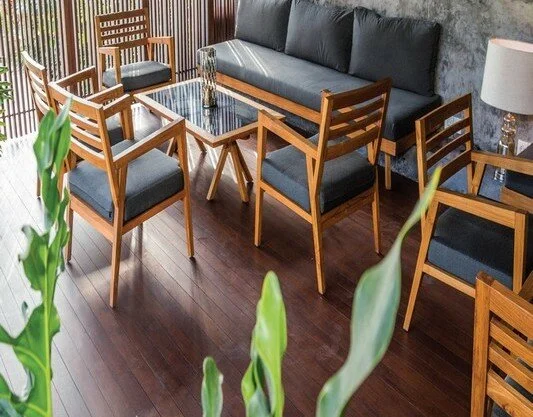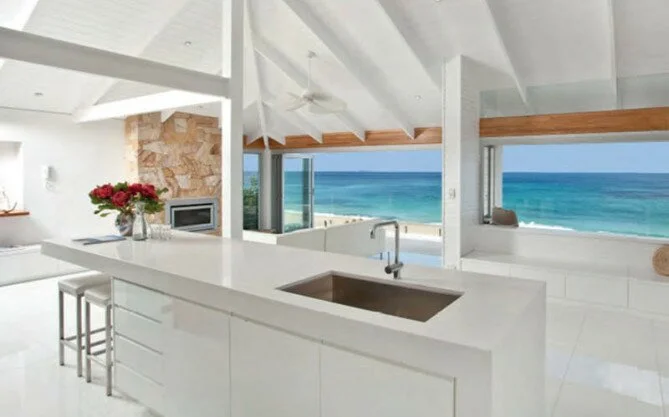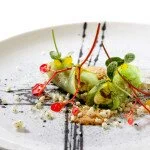The degustation menu, and the requisite level of expertise needed to create up to ten (or more) dishes in one sitting, often brings out the mad scientist in chefs, and our modern age of molecular gastronomy has elevated the experience to both wonderful and weird where the diner is often left wondering, what is this and how did he do it?
As with fashion houses, to stay one step ahead of the game, restaurateurs and chefs follow trends. When Ferran Adria’s el bulli restaurant was named the best restaurant in the world, the reservation list for his multi-course dinners became a who’s who of foodies and celebs, and a legion of chefs got motivated to flex their culinary muscles, creating ever more creative and crazy, and longer, tasting menus.
Following the abrupt closure of el bulli (one can only imagine Adria had had a bellyful), the Danish chef Rene Redzepi opened the famous Noma in Copenhagen, where, having worked as a guest chef at el bulli, he was inspired to create his own style of degustation, fashioned with fossicked herbs that were once discarded as weeds. Consequently, and not surprisingly, Noma was named best restaurant in the world.
Increasingly, Bali restaurants have taken up the challenge to create their own versions, and the rash of invitations to wine dinners involves more flavours than God ever created and a hefty hangover to match the bill. Chris Salans was the pioneer of the tasting menu at Mozaic in Ubud, a celebrated restaurant that serves a highly original and refined blend of Balinese ingredients created in the style of French haute cuisine.
Other local restaurants have certainly not been left in the degustation dust, with Locavore in Ubud creating tasting menus based on locally-grown ingredients, Mejekawi at Kudeta taking an Asian approach to sophisticated dining, and Enrico Wahl at The Oberoi continuing to captivate and confuse with dishes that sparkle with intricate culinary detail and design.
Degustation is all about choice – for the chef, not for the customer. A recent article by self-confessed foodie, Corby Kummer, titled “ Tyranny – It’s What’s For Dinner,” sparked wicked debate in the US with his negative comments on the long-winded tasting ceremony and the fact that guests have to follow the menu verbatim. His comments were not appreciated much, with the chefs and diners who weighed in suggesting (none too politely) that if he doesn’t like lengthy degustation dinners, he simply shouldn’t go.
It is important to note that the average diner will only attend a degustation-style restaurant a few times in their lives, if at all. For the humble food writer though, this is yet another challenge that draws on the strategist in each of us. A recent trip to Greece opened my horizons to an Hellenic-style tasting menu that included tiny ice-cream-coned spanakopita and a dessert ball fashioned from the local fermented yoghurt, which left little doubt that the degustation allows chefs the chance to explore their creativity and offer a style of eating that involves both body and mind as one explores dishes that Mama never put on the table.
One chef, who I admire greatly, informed me that the chef will attempt to serve about 500 grams of food in a degustation dinner. Portioned among the many dishes served. This seems manageable, but when you think about it, that is a half a kilogram of food! All of a sudden you start to feel like the now-retired fat-man host of Food Channel’s questionable Man vs Food.
Things generally start well as tiny portions of gloriously-plated jewels of the culinary persuasion appear, but I have noticed that as you pass the niceties of entree, the courses seem to get bigger as the meal progresses, almost as if the chef is setting you up for a fall. The full degustation experience is a commitment. It is a leap of faith to a chef who will make all the decisions for you. It is also a matter of some long hours, so make sure the company is good.
Speaking of whom to dine with, never make degustation your potential field of conquest on a first date, says Anthony Bourdain in his too-cool-for-school style. Once home in the bed chamber the male’s performance will almost certainly be curtailed by the high intake of rich foods, and both parties will be wanting nothing more than for the other person to leave the room so they can let loose with the inevitable build up of embarrassing abdominal gases. Because of the gorging involved and the impact on both libido and manners, it is the least romantic dining option on the planet.
Each guest will take a unique approach to a tasting menu. In my case, dessert is my downfall, and don’t those pastry chefs like to show off? This is often where the whole show falls apart for me. Put a melting chocolate fondant in front of me and some primal instinct takes over, throwing all restraint to the wind. Every meal needs a good finish and especially a degustation, but I have felt the pain. The fact that it is self-induced doesn’t make it less painful.
When people ask for my favourite restaurant of the moment, I am sometimes embarrassed to say. The simple, the familiar, the place where I can be in and out in less than an hour has much to be said for it. Then again, not many people eat like I can for a living, and I would sorely miss those overindulgent, eye-popping culinary creations of degustation if I were deprived.
So I celebrate the great chefs, and occasionally will go so far as to volunteer my hard earned cash for the pleasure of eating like a queen. The only parting advice I would give to the virgin degustation-er is this: choose wisely; check the reviews; peruse the sample menus; don’t be put off by strange ingredients, you may well like it; and go slowly, it will take a while and you don’t want to rush into things. The fabulous degustation meals are worthy of the commitment; a way to sample the tastes of a leading chef in the style it was created. Let loose and enjoy.
Sarah D.




